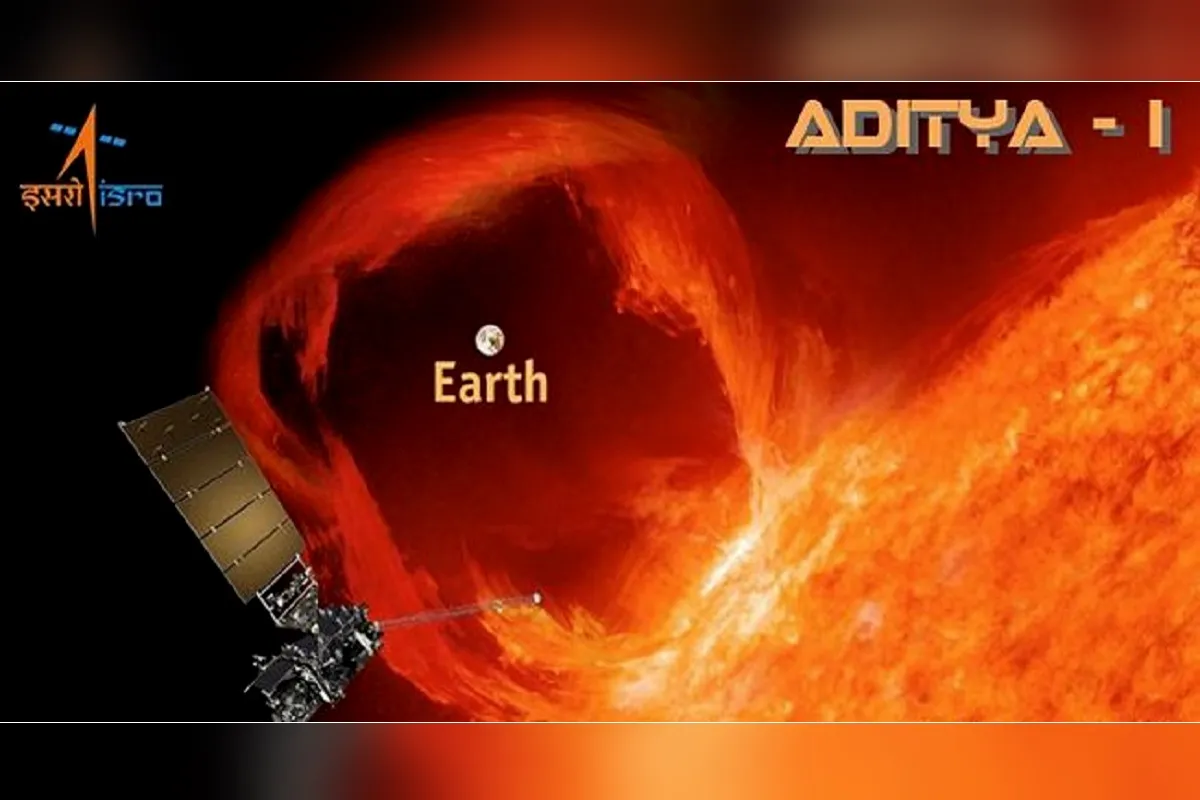
aditya-l1-and-sun
After the success of Chandrayaan-3, the Indian Space Research Organisation (ISRO) is now set to launch a mission for studying the Sun. This mission is named ‘Aditya L1’, and ISRO has revealed today that it will be launched on 2nd September at 11:50 AM.
The Indian Space Research Organisation (ISRO) announced on Monday (August 28th), The launch of India’s first space-based solar observatory, Aditya-L1, for studying the Sun will take place on September 2nd at 11:50 AM from Sriharikota. Notably, considering the enthusiasm of the people for this mission, a decision has been made to allow the general public to witness its launch from the Sriharikota Launch View Gallery.
🚀PSLV-C57/🛰️Aditya-L1 Mission:
The launch of Aditya-L1,
the first space-based Indian observatory to study the Sun ☀️, is scheduled for
🗓️September 2, 2023, at
🕛11:50 Hrs. IST from Sriharikota.Citizens are invited to witness the launch from the Launch View Gallery at… pic.twitter.com/bjhM5mZNrx
— ISRO (@isro) August 28, 2023
ISRO has stated that the launch of Aditya-L1 can be observed from the Sriharikota Launch View Gallery. For this, people will need to register through the website. ISRO has provided the link to the website on the social media platform X (formerly Twitter) and also mentioned that the announcement for the start of registrations will be made soon.
PSLV-C57/आदित्य-L1 मिशन: सूर्य का अध्ययन करने वाली पहली अंतरिक्ष-आधारित भारतीय वेधशाला, आदित्य-L1 का लॉन्च श्रीहरिकोटा से 2 सितंबर, 2023 को 11:50 बजे निर्धारित है: ISRO pic.twitter.com/iMqNvasigt
— ANI_HindiNews (@AHindinews) August 28, 2023
Objective of Aditya-L1
The objective of Aditya-L1 is to observe the outermost layer of the Sun (corona) and study the state of solar wind at the Sun-Earth Lagrange point (L1). This spacecraft is prepared to operate at a distance of about 1.5 million kilometers from Earth. This point is approximately 1.5 million kilometers away from Earth. It will take approximately 120 days or 4 months for Aditya-L1 to reach that point.
India’s first space mission for solar observation
This will be India’s first space mission for solar observation. The Aditya-L1 mission aims to study the Sun from all sides of the L1 orbit. According to information from ISRO, Aditya-L1 will carry seven payloads, which will assist in observing the photosphere (visible surface of the Sun), chromosphere (just above the visible surface), and the outermost layer of the Sun (corona) in different wavelength bands.
Aditya-L1 is entirely indigenous
Aditya-L1 is entirely indigenous, with the active participation of national institutions, according to an ISRO official cited by news agency PTI. It has been mentioned that when Aditya-L1 reaches the Lagrange point, it could provide significant advantages in observing the Sun continuously without any interruption. This could help uncover the effects of solar activities and space weather in real-time.
To read more such news, download Bharat Express news apps


















